10 Health Benefits of Gardening

Gardening is getting more attention in recent years. Unfortunately, we’ve become more disconnected from nature in the last century. We used to farm and garden all the time, but modern life made us more detached from this human practice. However, new research shows that gardening has many health benefits that improve everything from the aging brain to physical conditioning. Also, gardening puts us back in touch with the external microbiome we need to stay healthy. Let’s look at 10 different health benefits of gardening.
 1. Getting More Sunshine
1. Getting More Sunshine
Gardening definitely gets us out in the sunshine more. Getting more sun exposure has been proven to raise Vitamin D levels and boost energy and health. Sunshine makes us feel better and gives us a boost that we may not realize we were missing.
Proper vitamin D levels are necessary for our health and wellbeing. Vitamin D supports the immune system, the brain, bone health, and mental health. It reduces inflammation which prevents diseases like cancer, cardiovascular disease, and diabetes. Conversely, deficiencies in vitamin D have proven to be disastrous for human health. Although health officials caution people about skin cancer due to sun exposure, sunshine is the best way to get a daily dose of vitamin D. Often, just 10 minutes of sun exposure on the eyelids can boost vitamin D levels quite a bit. This means you can wear sunscreen and get your vitamin D too. And there’s no better way to get vitamin D than during a good session of gardening.
Although health officials caution people about skin cancer due to sun exposure, sunshine is the best way to get a daily dose of vitamin D. Share on X2. Growing Your Own Nutritious Foods
By growing our own fruits and vegetables, we can increase the number of food nutrients we’re receiving. In the last few decades, many modern farms have lost soil nutrients due to over-planting the same crops from year to year. When we grow our own vegetables, we naturally retain those nutrients because we don’t often plant the same things yearly. Small gardens are some of the best ways to grow nutritious food. Planting our own vegetable gardens naturally rotates crops which helps make the crops nutrient-rich.
3. Exposure To Beneficial Soil Bacteria
Research shows that kids who grow up on farms with lots of soil exposure have much better immune systems. As a result, they have less risk for autoimmune diseases, allergies, and asthma. This is because soil-based bacteria are genuinely beneficial for our health. Exposure to soil-based bacteria boosts and trains our immune system and enhances our skin and the gut microbiome.
There’s no better way to connect with soil-based bacteria than gardening. We usually get soil all over our hands and skin, and this is a good thing. Our culture has advocated that dirt is harmful, but this is simply not true. In fact, the more soil we can connect with physically, the better our health will be. And we shouldn’t be afraid to get a little dirt from the garden into our homes. It turns out that our homes also have a microbiome, and adding soil-based bacteria to it is a great way to improve the home microbiome and keep it naturally clean. The more diverse a microbiome is, the healthier it is. Soil-based bacteria naturally compete for food and space and therefore keep the numbers of harmful microbes to a minimum.
Our culture has advocated that dirt is harmful, but this is simply not true. In fact, the more soil we can connect with physically, the better our health will be. Share on X 4. It’s A Work Out!
4. It’s A Work Out!
Gardening is a surprisingly good form of exercise. Apparently, one session of gardening is equivalent to half an hour of jogging. You’d never think that tinkering in the soil would be such great exercise, but it’s one of the best ways to keep in shape. It’s a low-intensity activity that is good for fat burning and muscle conditioning. It’s also a full-body workout and strengthens ligaments and bones, along with working out the muscles. Lastly, it promotes good flexibility, which is especially good to prevent age-related issues. The exercise you get from gardening can prevent health issues like injuries, bone loss, heart disease, and diabetes.
5. Beneficial To Overall Mental Health
There is growing research attesting to the benefits of horticultural therapy. Not only is it a great source of exercise, but it also boosts our mood and sense of wellbeing. According to the horticultural therapist Mitchell Hewson, gardening can help people experiencing mental health and addiction issues. Gardening stimulates thought, exercises the body and mind, and encourages awareness of the present moment and external environment. The combination of these factors can help improve mental health and addiction issues. In addition, gardening has been shown to renew the desire to live, improve self-esteem, and decrease anxiety.
6. Helps Prevent Dementia & Alzheimers
Gardening appears to have a beneficial influence on the health of the brain and the prevention of dementia. One study shows that those who participate in gardening have a 36% lower risk of developing dementia and Alzheimer’s disease. A different study shows the lowered risk to be around 47%. This is good news for an aging population. Not only does gardening improve the physical body and mental health, but it also enhances brain health and prevents brain-related issues. This is likely due to many factors we’ve already discussed, such as more sunshine, more activity, vitamin D exposure, and better nutrients from home-grown food.
One study shows that those who participate in gardening have a 36% lower risk of developing dementia and Alzheimer’s disease. Share on X 7. Helps You Sleep Better
7. Helps You Sleep Better
One study looking at the elderly shows that gardening helps improve many aspects of their lives, including improved sleep. Older adults naturally have more sleep issues due to changes in the brain and circadian rhythms. However, exposure to natural settings like gardens can help with sleep due to more exposure to sunlight, vitamin D, and activity. However, the actual physical task of gardening improves sleep hygiene because it’s an excellent form of low-impact exercise. Also, as we’ve discussed, gardening can help improve mental health, which also improves sleep habits. Studies show that problems with mental health have a direct impact on sleep hygiene. Therefore, since gardening improves mental health, it also helps reduce sleep problems.
8. Improves Mood
For all the reasons we’ve discussed above, gardening can help nurture the spirit. It lifts mood, enhances vitamin D, and gives a sense of purpose. It also connects people to the external environment by improving the connection to nature. All of these factors can give the spirit a lift. This inevitably improves mental and physical health as well. When the spirit feels well, chances are the person feels well in all areas too.
An experiment conducted by NASA in 2016 showed that gardening keeps astronauts happy and healthy while they’re in the challenging environment of space. Even if they’re in small pots, planting and nurturing seeds can help boost the mood and spirit considerably.
9. Benefits The Environment
We all know that an increase in carbon in the environment is dangerous for our climate. We also know that plants and trees have an excellent effect on reducing carbon in the atmosphere. This is because plants and trees literally “eat” carbon. They absorb carbon and send out healthy oxygen for us all to breathe. The more individual gardens we have in the world, the better. Not only do gardens help participate in reducing carbon, but they also teach us about the natural environment, which helps us stay connected to the climate we live in. Without this knowledge, we wouldn’t be able to understand our role in reducing climate change.
We live in a giant microbiome called earth, and the more we know about how to take care of it, the better we’ll all be. Having a garden can teach us about the microbiome we live in and help us understand our place in things. By communing with nature through our gardens, we expose ourselves to the outside microbiome, which has excellent health benefits for us as living beings. If we never connect to the larger microbiome we live in, we’ll never be able to understand how climate change affects us and is mediated by us. Those who live in high-rise buildings and who never get out in nature are more likely to misunderstand the nature of climate change. Gardening in any form, even if it’s just potted plants on a balcony, can be a massive help to us and the climate.
 10. Gardening Benefits Overall Quality of Life
10. Gardening Benefits Overall Quality of Life
This should go without saying, but it’s worth mentioning how much fun gardening is. After all, if it weren’t fun, we wouldn’t want to do it. But the truth is, the more fun we have, the more health benefits we will achieve through an activity. The “fun” aspect of gardening gives us the mood and self-esteem boost, as mentioned above. It helps us feel grounded in nature and connected to ourselves and the outside world. We also improve our physical health as well without doing things that seem like “work.” Many gardeners will confess that gardening never feels like work.
In summary
So these are 10 health benefits of gardening. Not only is gardening good for the spirit, self-esteem, and mental health, it also nurtures our physical health in many ways. It connects us to nature, gets us out in the sun, boosts physical activity, and gives us access to helpful soil-based bacteria. All of these things combined make gardening a genuinely healthy and stimulating activity.
References
https://www.ncbi.nlm.nih.gov/pmc/articles/PMC3372556/
https://www.medicalnewstoday.com/articles/benefits-of-sunlight#health-benefits
https://www.thehealthy.com/mental-health/self-care/health-benefits-of-gardening/
https://pubmed.ncbi.nlm.nih.gov/16411871/
https://www.usatoday.com/story/news/nation/2014/05/11/health-benefits-gardening/7971047/
https://www.fix.com/blog/health-benefits-of-gardening/
https://www.wholebodymicrobiome.com

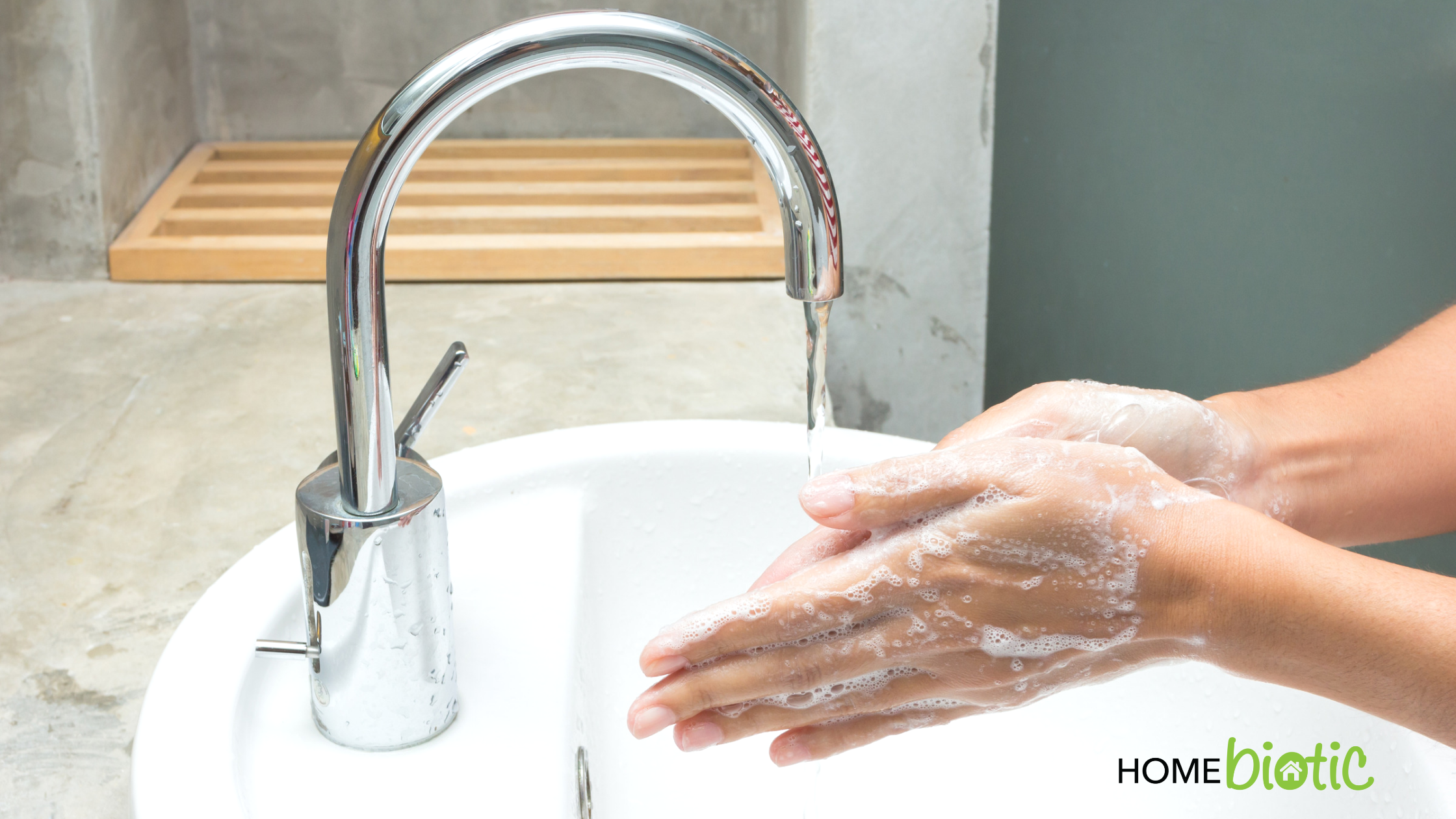
 Undoubtedly, in the past several months, there’s been a steady stream of antibacterial and alcohol-based soaps being marketed to the general public. And while these have great success in killing and washing viruses from our hands, we need to consider how often and where to use them.
Undoubtedly, in the past several months, there’s been a steady stream of antibacterial and alcohol-based soaps being marketed to the general public. And while these have great success in killing and washing viruses from our hands, we need to consider how often and where to use them.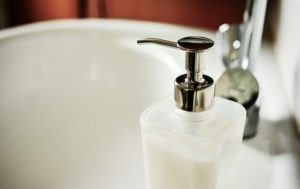
 Why Should We Avoid Over-Cleaning Our Skin?
Why Should We Avoid Over-Cleaning Our Skin?
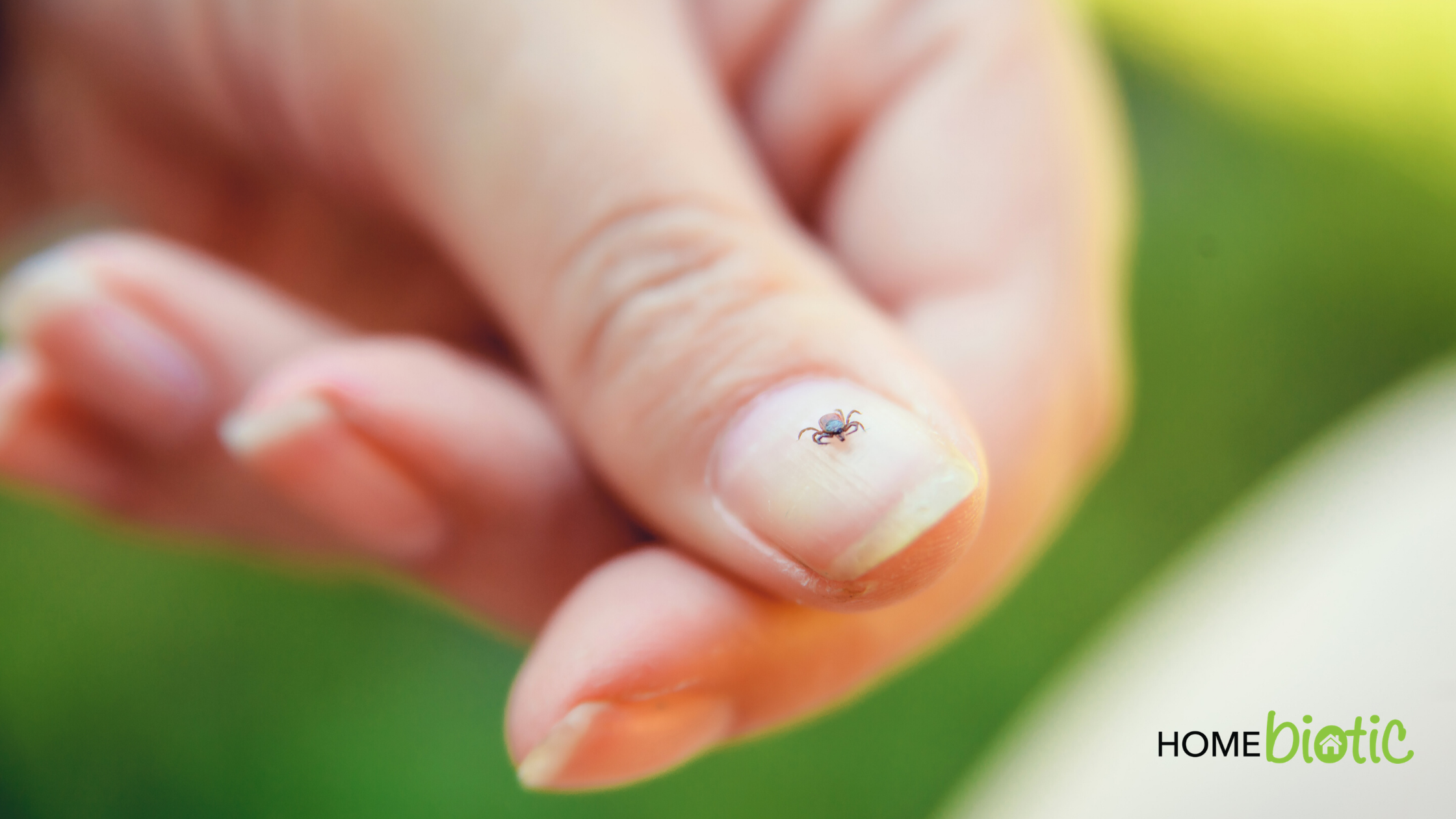
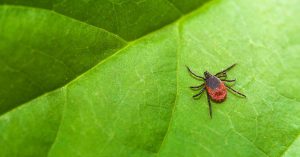
 How Mold Affects the Immune System
How Mold Affects the Immune System How Lyme Disease Affects the Human Body
How Lyme Disease Affects the Human Body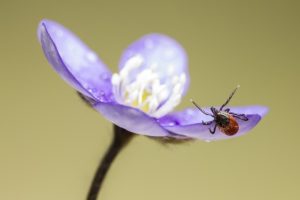 The Connection Between Mold & Lyme Disease
The Connection Between Mold & Lyme Disease

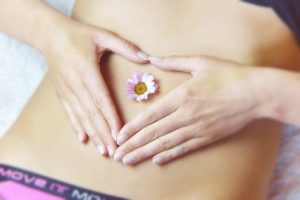 In the past decade, the importance of a healthy gut biome has been discussed between scientists, medical professionals, and health consumers. By now, most people know that bacteria reside in our guts and that they’re essential to our health. These bacteria are, together, what create the biome. However, many people still don’t understand why having diverse bacteria is important. More importantly, most people don’t understand the similarities and relationship between our home biome and the gut biome. We need the biome in our guts and our homes to be healthy and diverse at the same time.
In the past decade, the importance of a healthy gut biome has been discussed between scientists, medical professionals, and health consumers. By now, most people know that bacteria reside in our guts and that they’re essential to our health. These bacteria are, together, what create the biome. However, many people still don’t understand why having diverse bacteria is important. More importantly, most people don’t understand the similarities and relationship between our home biome and the gut biome. We need the biome in our guts and our homes to be healthy and diverse at the same time.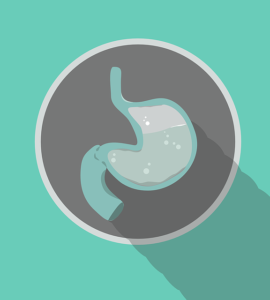 What is The Gut Biome?
What is The Gut Biome? What is The Home Biome?
What is The Home Biome? How Are The Gut & Home Biome Related?
How Are The Gut & Home Biome Related?
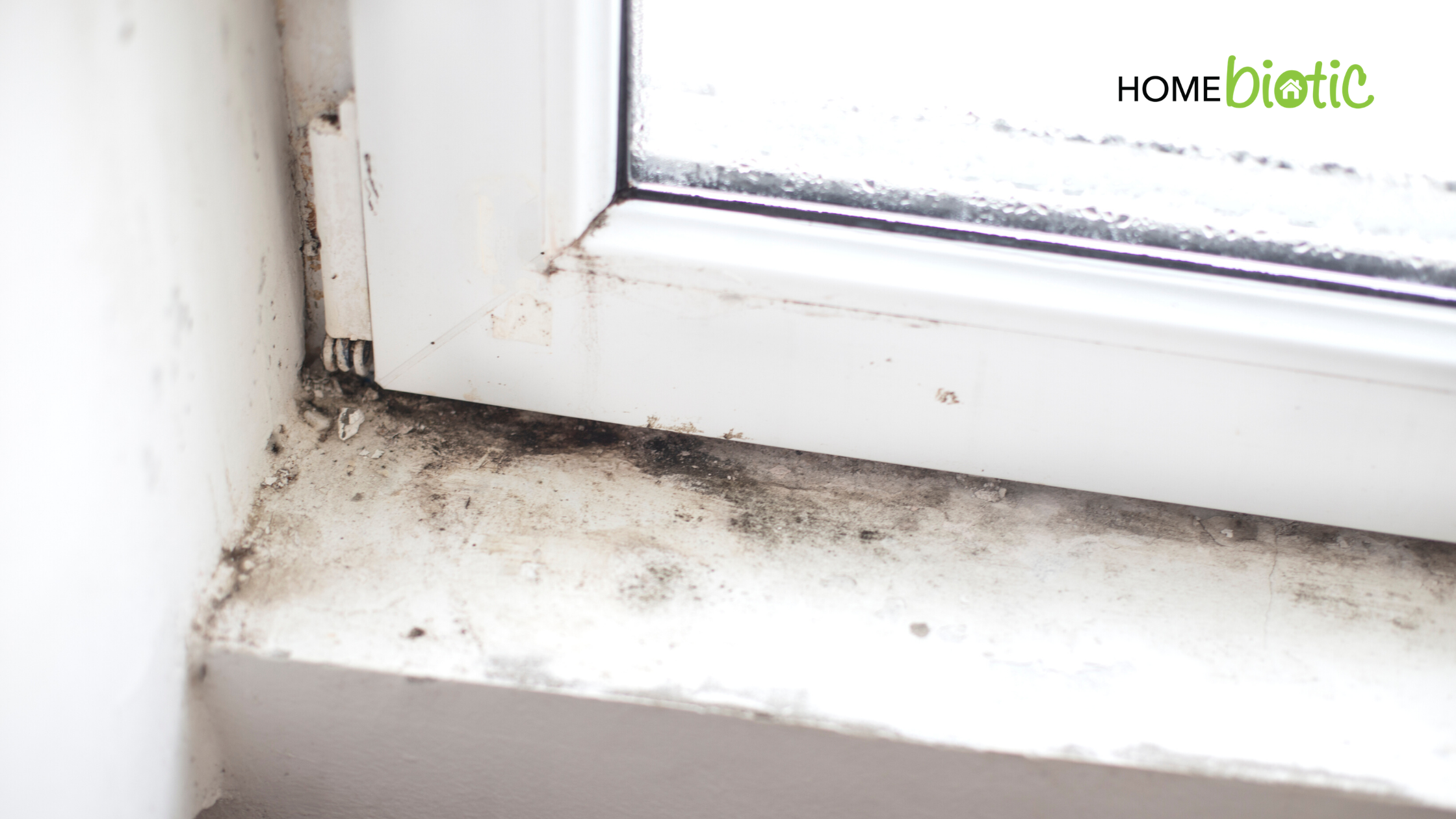
 The Effects Of Mold On The Immune System
The Effects Of Mold On The Immune System Does Mold Make Us More Susceptible To Viruses?
Does Mold Make Us More Susceptible To Viruses?


 HOW DOES THE “FARM EFFECT” WORK?
HOW DOES THE “FARM EFFECT” WORK? WHY DO I WANT TO REPLICATE THE “FARM EFFECT” IN MY HOME?
WHY DO I WANT TO REPLICATE THE “FARM EFFECT” IN MY HOME?
 Next, we need to bring in more soil-based microbes, and there are a few ways that are not only fun but easy.
Next, we need to bring in more soil-based microbes, and there are a few ways that are not only fun but easy.
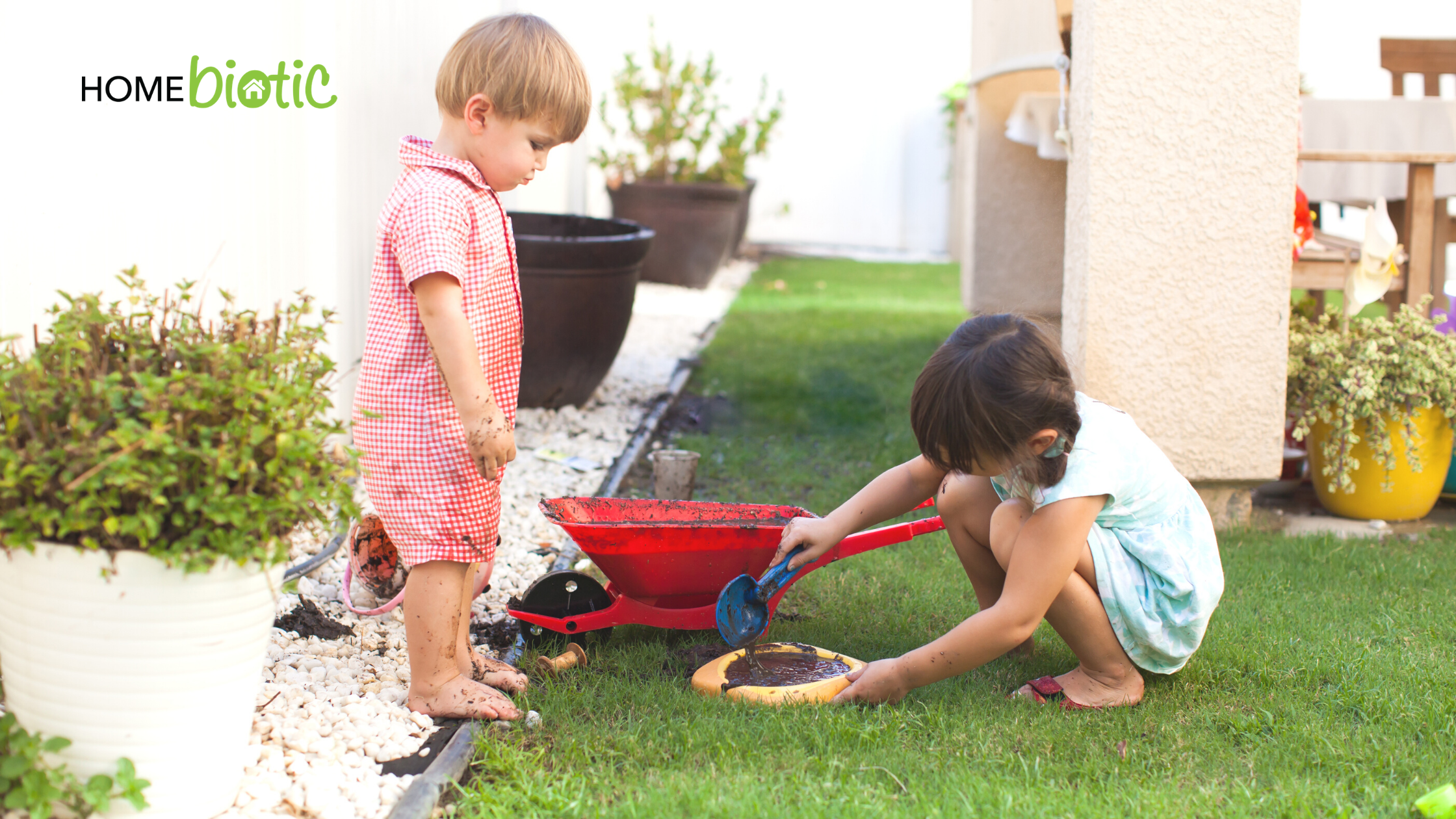
 Balance is essential because a microbiome that lacks balance will have microbes that have either decreased in numbers or and have over-grown. An unbalanced microbiome is called dysbiosis and can cause a range of health or environmental issues5,6.
Balance is essential because a microbiome that lacks balance will have microbes that have either decreased in numbers or and have over-grown. An unbalanced microbiome is called dysbiosis and can cause a range of health or environmental issues5,6.
 CONCLUSION
CONCLUSION